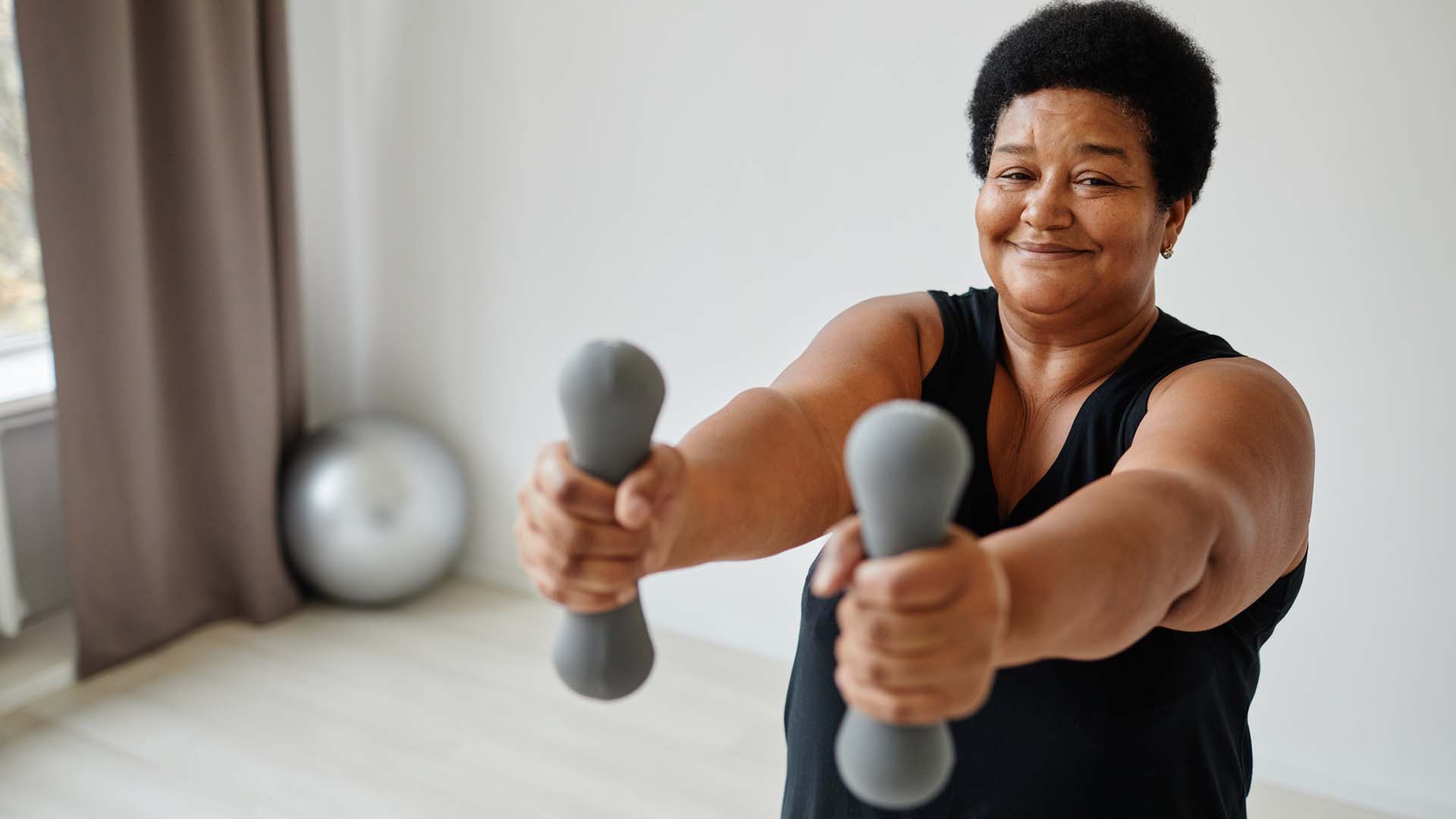

If want to get more active, it can seem daunting, with a bewildering choice of classes, gyms and groups, all seemingly filled with fit and beautiful people.
But the good news is that just a few simple exercises for beginners are all you need to make a difference. What’s more, the simpler you make them, the more effective they will be.
You don’t have to spend hours in the gym or master any complicated moves, nor is it about investing in expensive equipment, apps or subscriptions.
We've got all the exercises for beginners you need to get started. A good mix of cardio and strength workouts, spread across each week, will mean you can soon start enjoying the benefits of exercise too.
If you’re a complete beginner to exercise, take a look at what you’re already doing. It’s probably more than you think. Do you walk the dog every day? Enjoy gardening? Love taking a bike ride on holiday? These are all ways to exercise without even thinking about it.
If you have a physical activity you enjoy, such as cycling, swimming or walking, build on that and make it a regular habit two or three times a week. That’s already your cardio exercise covered. This will ensure your heart and lungs are kept in good shape, along with the other health benefits of cardio exercise.
The NHS recommends 150 minutes of moderate-intensity exercise or 75 minutes of vigorous activity per week, spread across four or five days. It also recommends “strengthening activities that work all the major muscle groups on at least two days a week”.
The benefits of strength training are well documented, from protecting against osteoporosis to preserving muscle mass as we age.
To get started, you’ll need to master some basic exercises:
All strength training is made up of basic movements. These might be altered to suit different workout styles or preferences, but the essence remains the same.
Injury is far less likely to occur if you’ve got a good grasp of how to move correctly, and you can also progress effectively once you’ve learnt the following:
All these patterns will be present in the exercises listed below. Just pick your level and follow along with the workout.
I’d suggest aiming to do two or three sessions a week, for four to six weeks. After that, you should be confident enough in the basics to progress to another workout of your choice.
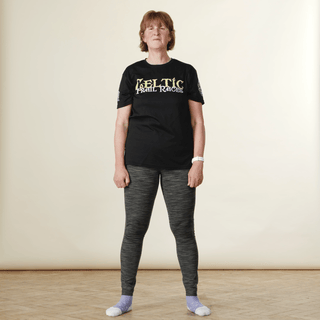
Make this easier: Squat down onto a chair.
Make this harder: Add dumbbells (see below).
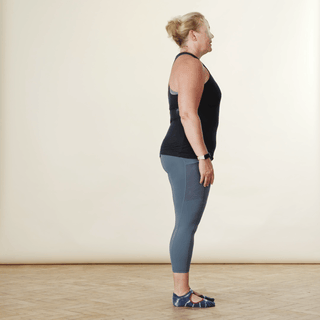
Make this easier: Hold on to the back of a chair or edge of a table for support.
Make this harder: Hold a dumbbell in one hand.
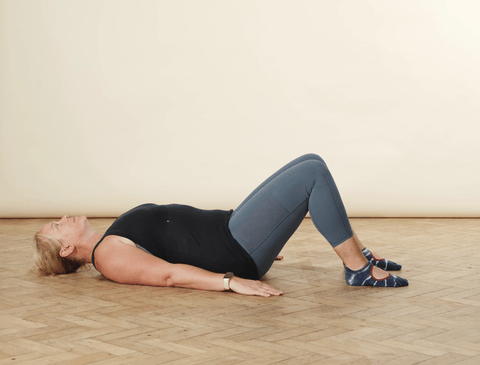
Make this easier: Don’t push up as high in the bridge.
Make this harder: Elevate the feet slightly or take one foot off the floor and do single-leg bridges.
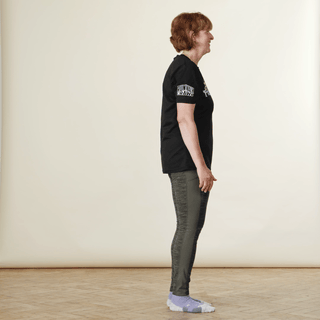
Make this easier: Hold on to the back of a chair for support, or don’t lunge too deep (your knee doesn’t need to touch the floor).
Make this harder: As you stand, lift the knee up above the waist, then lunge back down again.
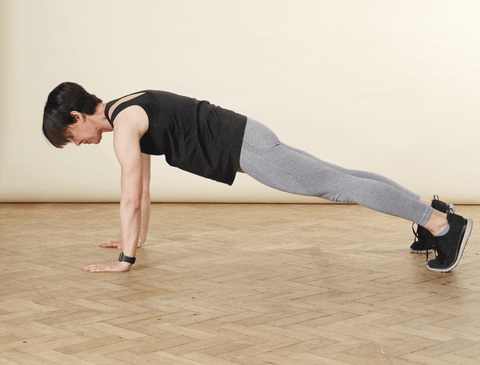
Make this easier: Follow our detailed guide on how to do a push up for a range of modifications including wall push ups.
Make this harder: Add a three-second pause at the bottom of each push up.

Make this easier: Just concentrate on lifting and lowering the body, adding the pull when you’re ready.
Make this harder: Add a side twist in after each pull – lift one elbow towards the ceiling and turn your head.

Make this easier: Put a rolled towel under your head for extra support and reach towards the mid-calf or ankle.
Make this harder: Perform all the reps on one side, then the other.

Make this easier: Hold one weight instead of two or use no weight.
Make this harder: Hold the weights at (but not on) the shoulders.
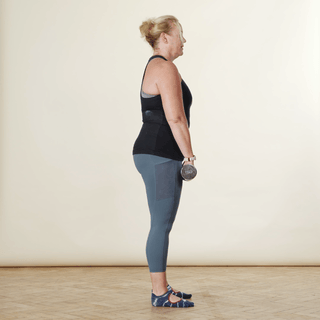
Make this easier: Practise getting the hinge movement correct first before adding the weights.
Make this harder: Use heavier dumbbells, or you can even use a barbell and plates.

Make this easier: Perfect this move without weights first, and don’t bend the knee as low.
Make this harder: Don’t bring the feet together between moves, bring the back leg straight through and into the next lunge.
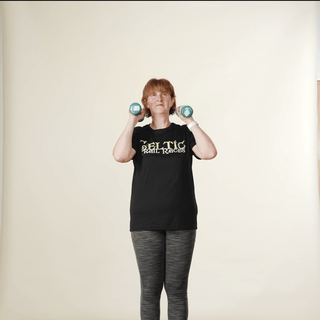
Make this easier: You can remain seated for this exercise, on a straight-backed chair or gym bench.
Make this harder: Work alternate arms rather than both together to give your core a bigger challenge.
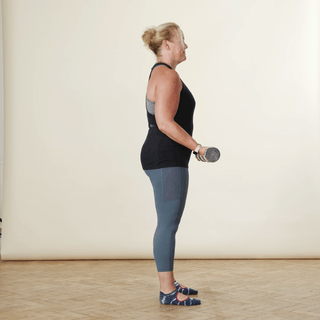
Make this easier: Curl one weight at a time.
Make this harder: Add an overhead press each time.

Make this easier: Do one arm at a time, and use your free hand to support the elbow joint.
Make this harder: Use two weights (one in each hand).
If you're joining a gym and are looking to get started, then try the following routine, designed by Phil Carpenter, a personal trainer from PureGym Portsmouth.
He says: “I generally encourage more focus on upper body with seniors as it is the area they tend to use less in comparison to lower body. Having a strong core is fundamental, so the following should help.”
All these exercises on gym machines can be made easier or harder by increasing or decreasing the weight.
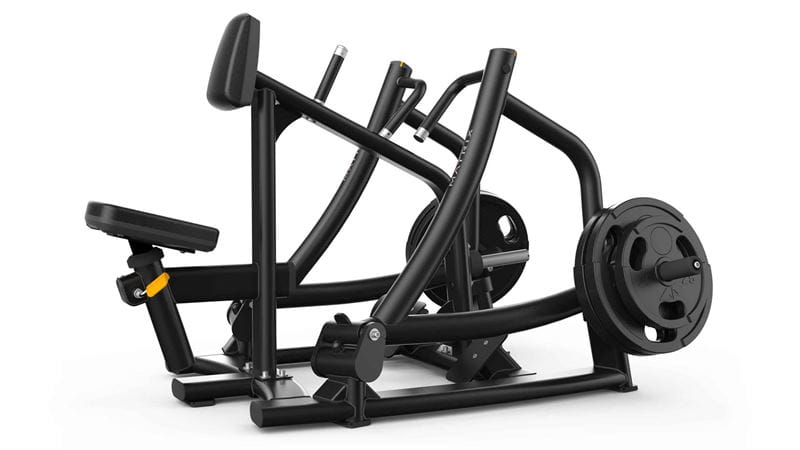
Perform five sets with the following number of repetitions: 12-10-8-6-6. As the reps decrease, try and increase the weight you use:

Perform four sets of 12-16 repetitions:
Perform four sets of 14 repetitions:
Becky Fuller is a fully qualified Personal Trainer, specialising in strength and conditioning for over 50s. Becky’s focus is helping people to become stronger both in body and mind, and to move well without pain.
Becky also has many years’ experience working as a freelance journalist.
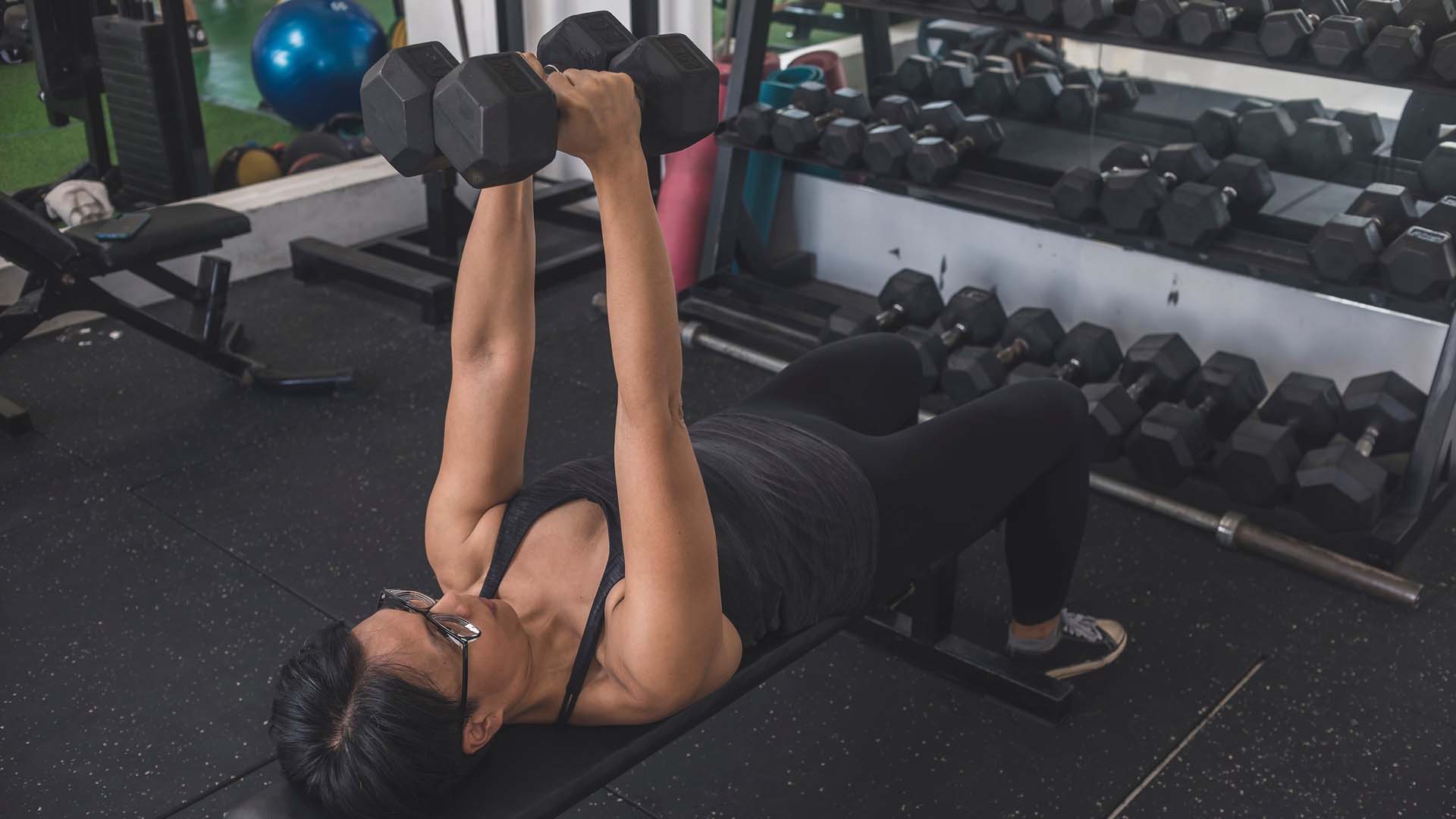


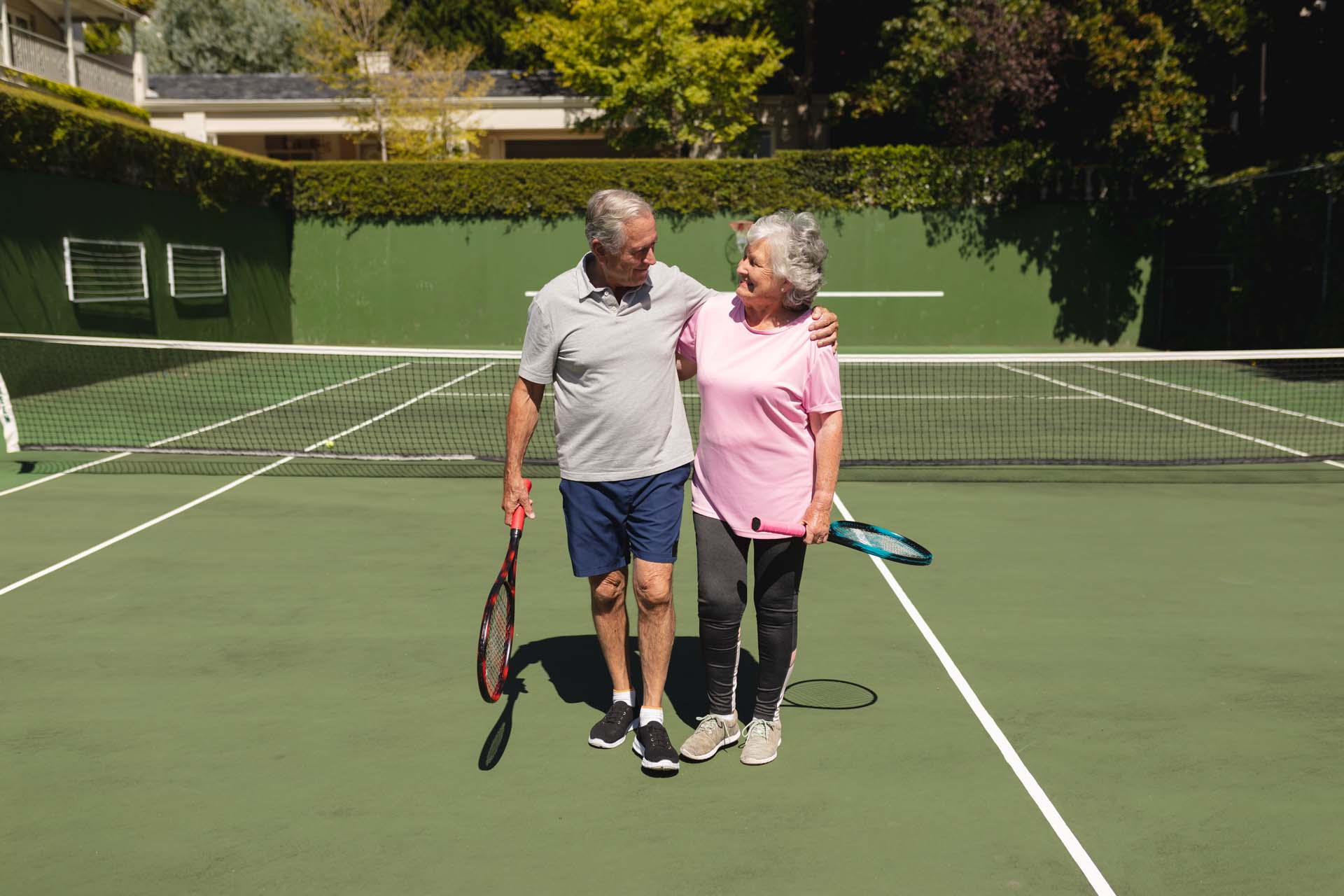
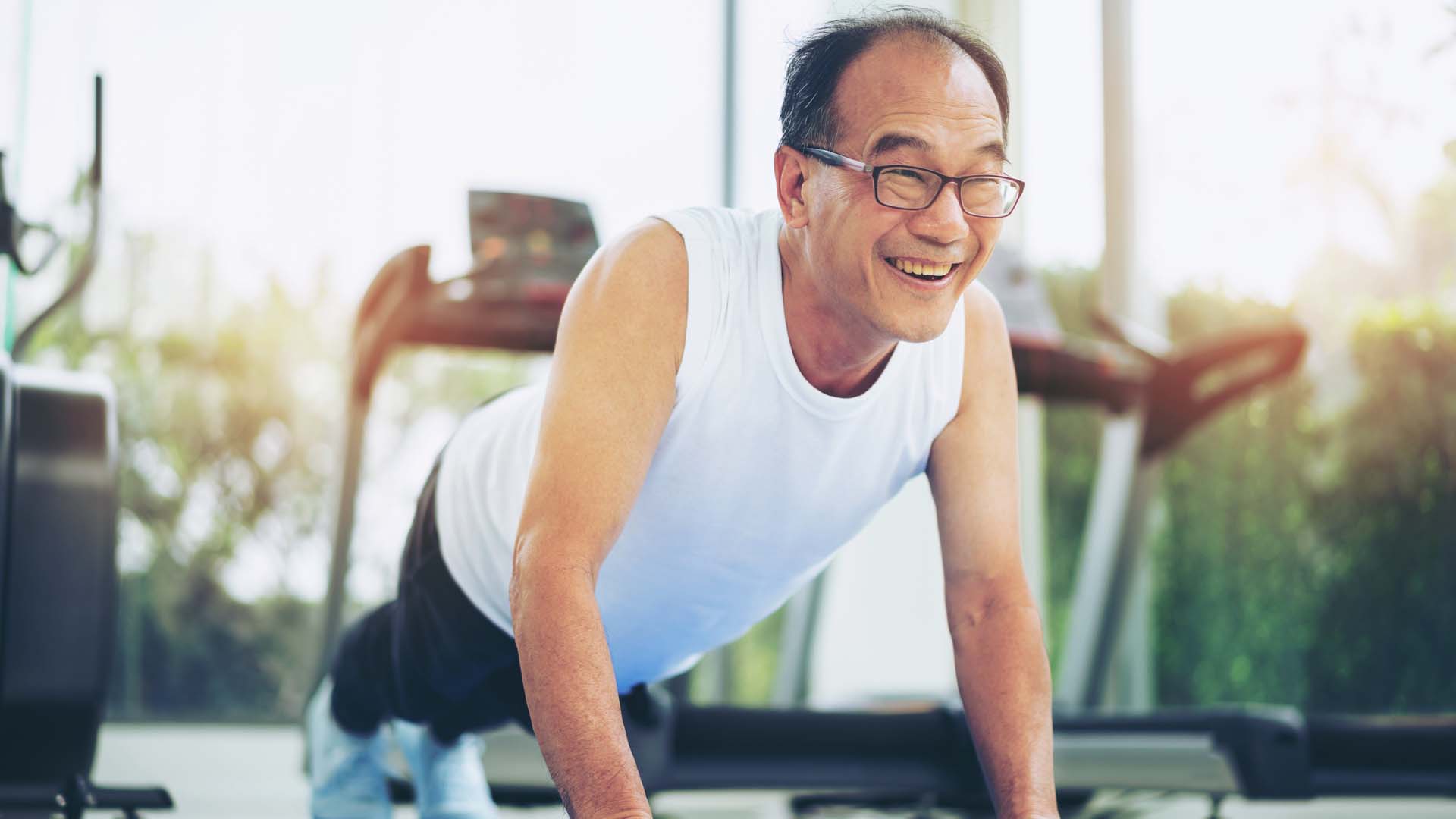
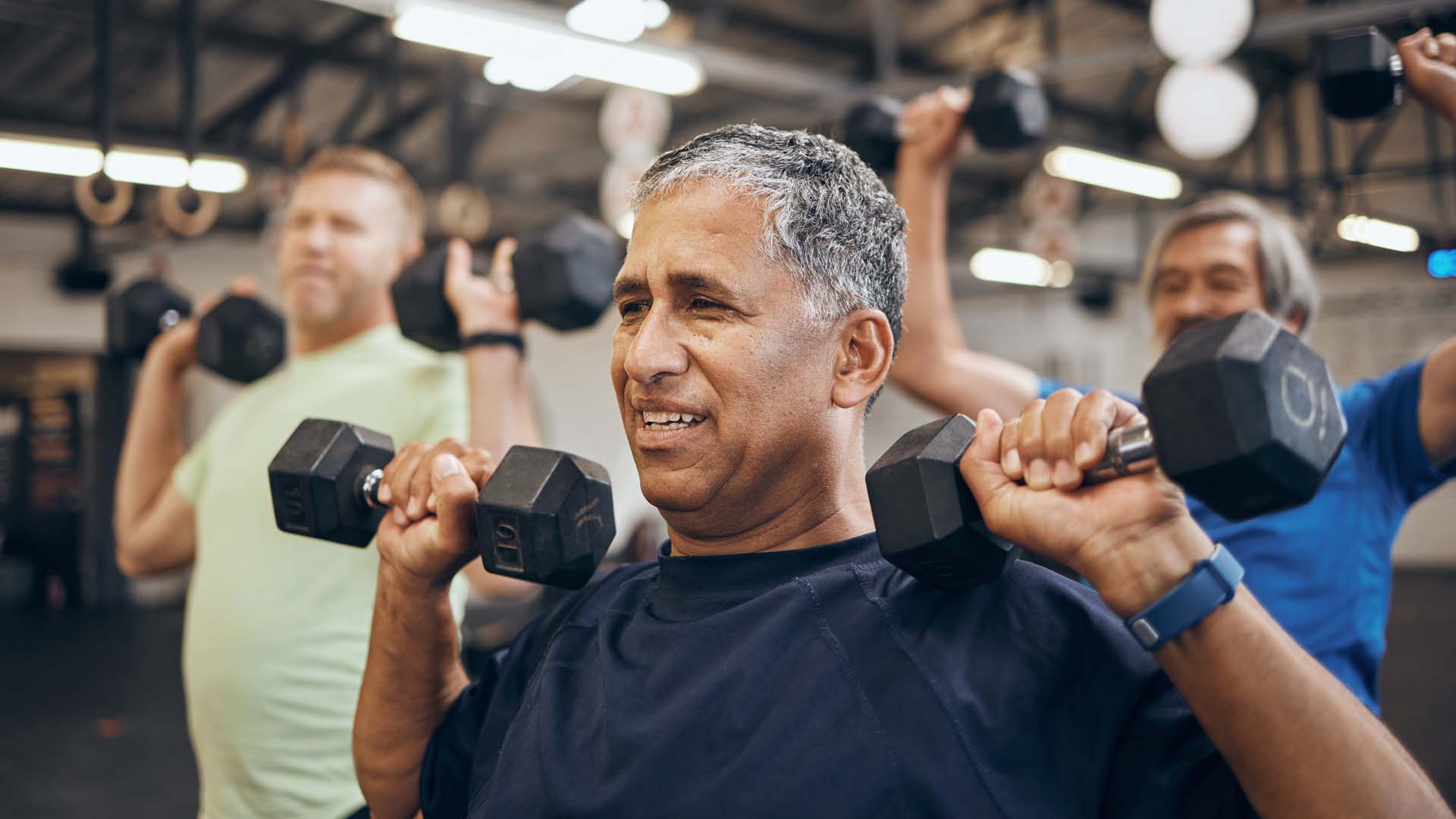
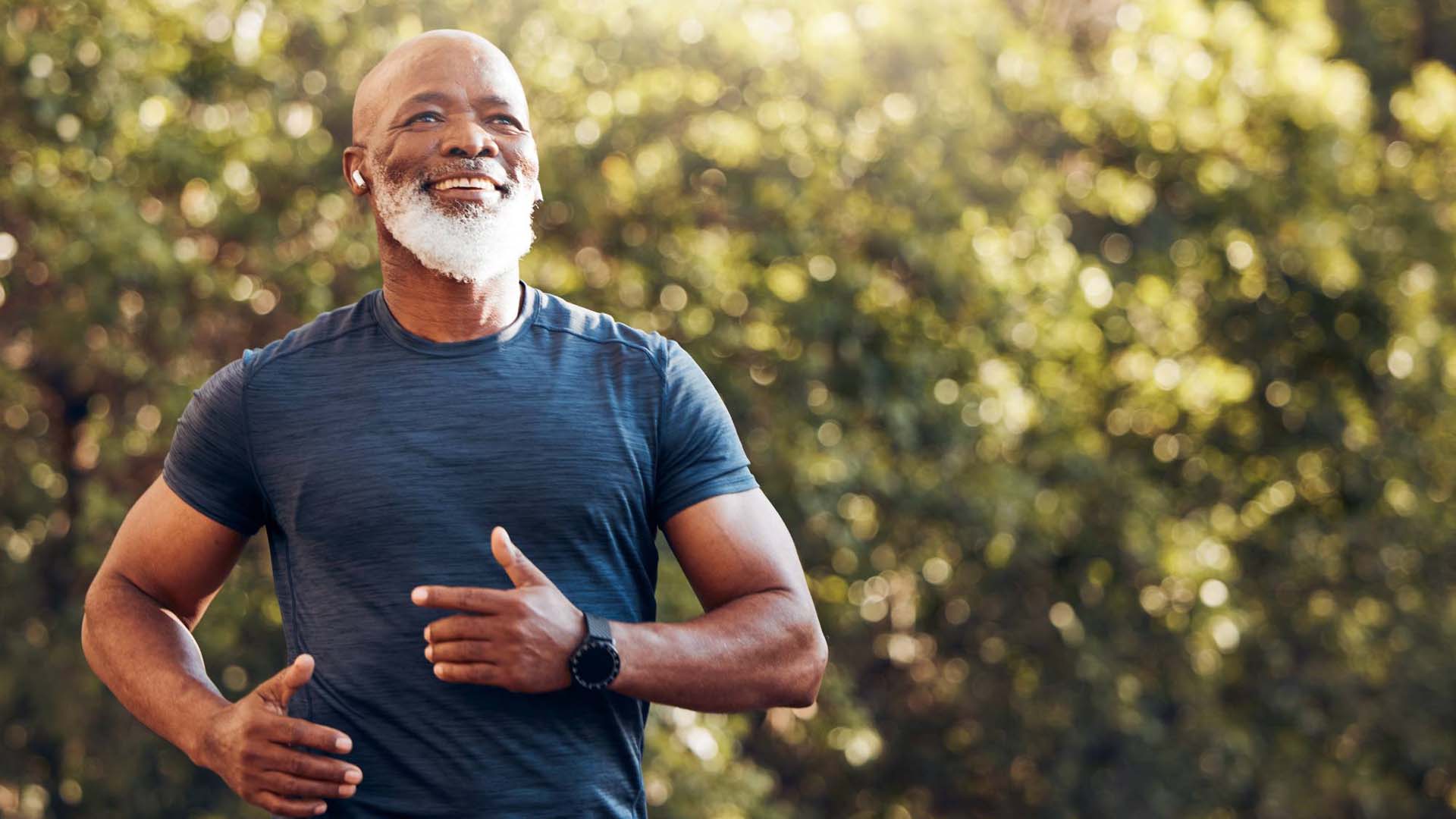
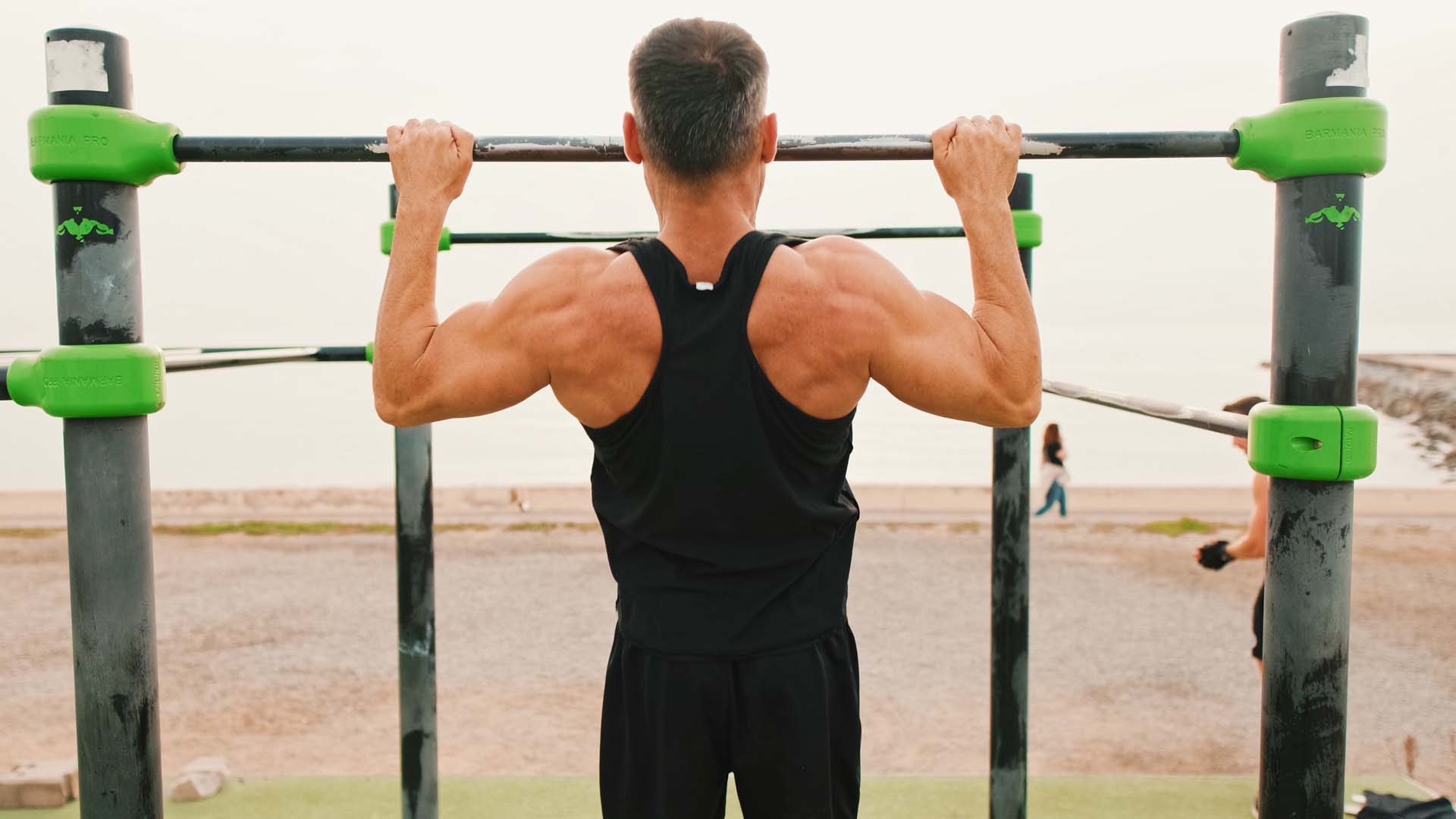
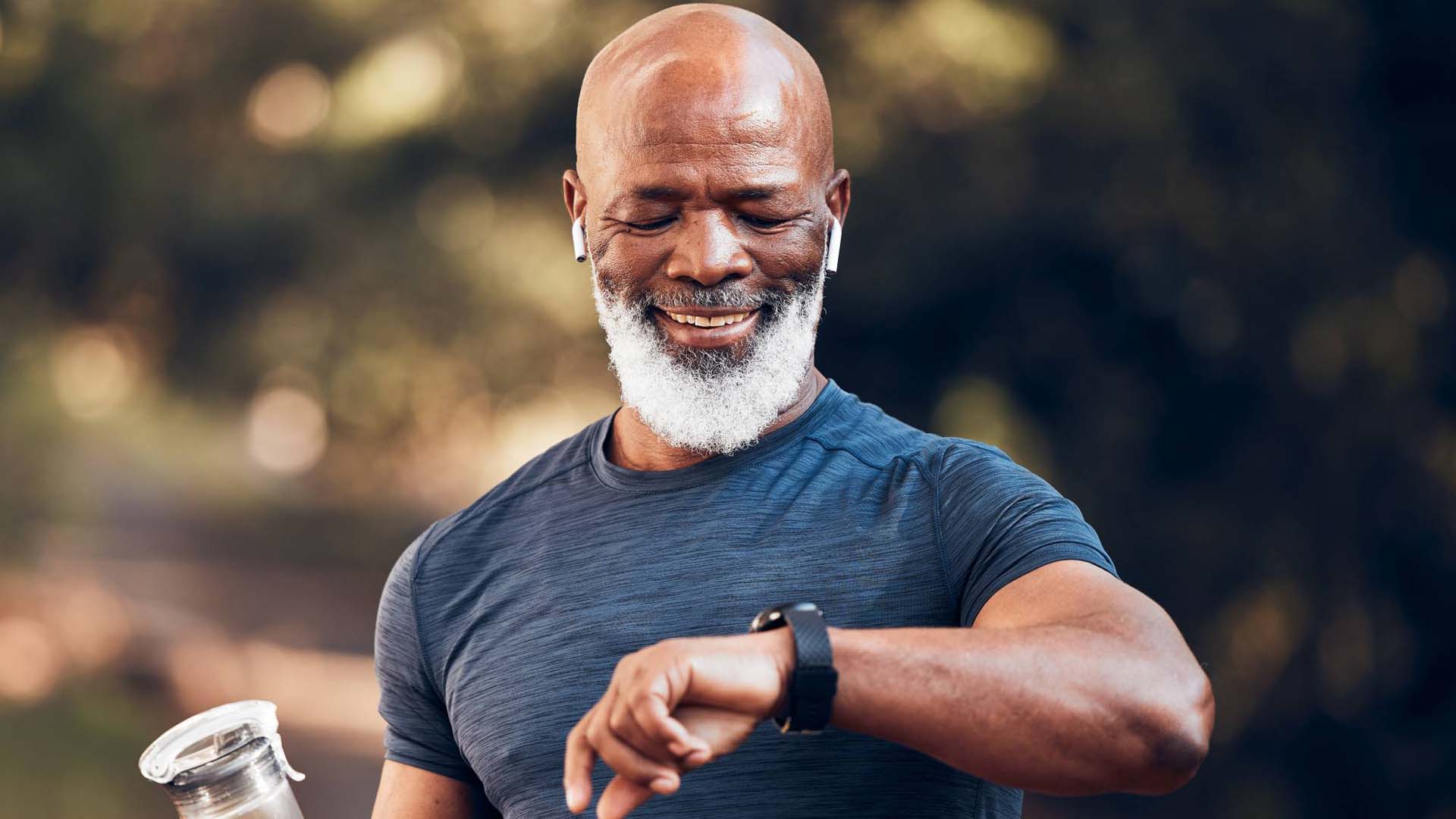
Your questions answered about what really is a good 5k time.